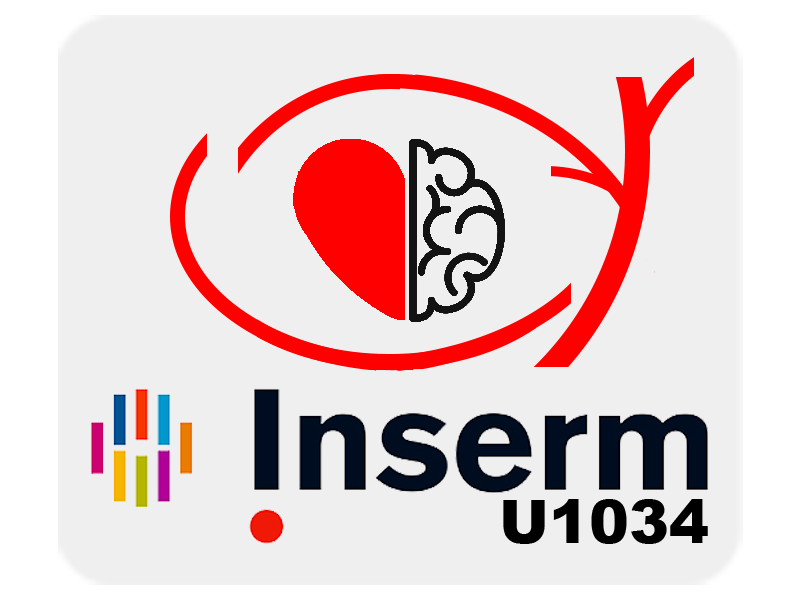Relationship Between Brain Tissue Oxygen and Near-Infrared Spectroscopy in Patients with Nontraumatic Subarachnoid Hemorrhage
Résumé
BACKGROUND: Continuous monitoring of cerebral oxygenation is one of the diagnostic tools used in patients with brain injury. Direct and invasive measurement of cerebral oxygenation with a partial brain oxygen pressure (PbtO(2)) probe is promising but invasive. Noninvasive assessment of regional transcranial oxygen saturation using near-infrared spectroscopy (NIRS) may be feasible. The aim of this study was to evaluate the interchangeability between PbtO(2) and NIRS over time in patients with nontraumatic subarachnoid hemorrhage. METHODS: This retrospective study was performed in a neurocritical care unit. Study participants underwent hourly PbtO(2) and NIRS measurements over 72 h. Temporal agreement between markers was described by their pointwise correlation. A secondary analysis assessed the structure of covariation between marker trajectories using a bivariate linear mixed model. RESULTS: Fifty-one patients with subarachnoid hemorrhage were included. A total of 3362 simultaneous NIRS and PbtO(2) measurements were obtained. The correlation at each measurement time ranged from - 0.25 to 0.25. The global correlation over time was - 0.026 (p = 0.130). The bivariate linear mixed model confirmed the lack of significant correlation between the PbtO(2) and NIRS measurements at follow-up. NIRS was unable to detect PbtO(2) values below 20 mm Hg (area under the receiver operating characteristic curve 0.539 [95% confidence interval 0.536-0.542]; p = 0.928), and percentage changes in NIRS were unable to detect a decrease in PbtO(2) ≥ 10% (area under the receiver operating characteristic curve 0.615 [95% confidence interval 0.614-0.616]; p < 0.001). CONCLUSIONS: PbtO(2) and NIRS measurements were not correlated. There is no evidence that NIRS could be a substitute for PbtO(2) monitoring in patients with nontraumatic subarachnoid hemorrhage.


